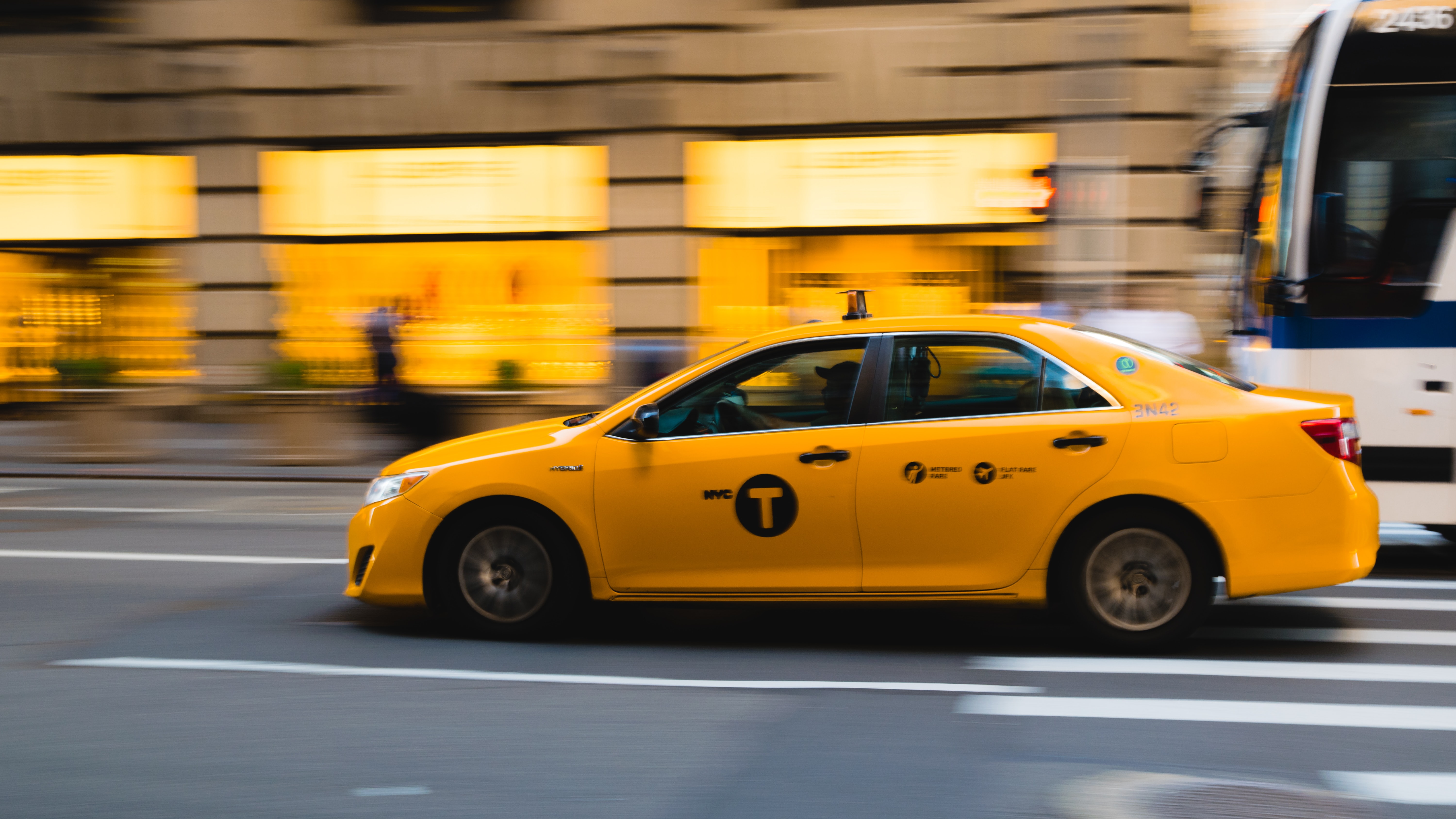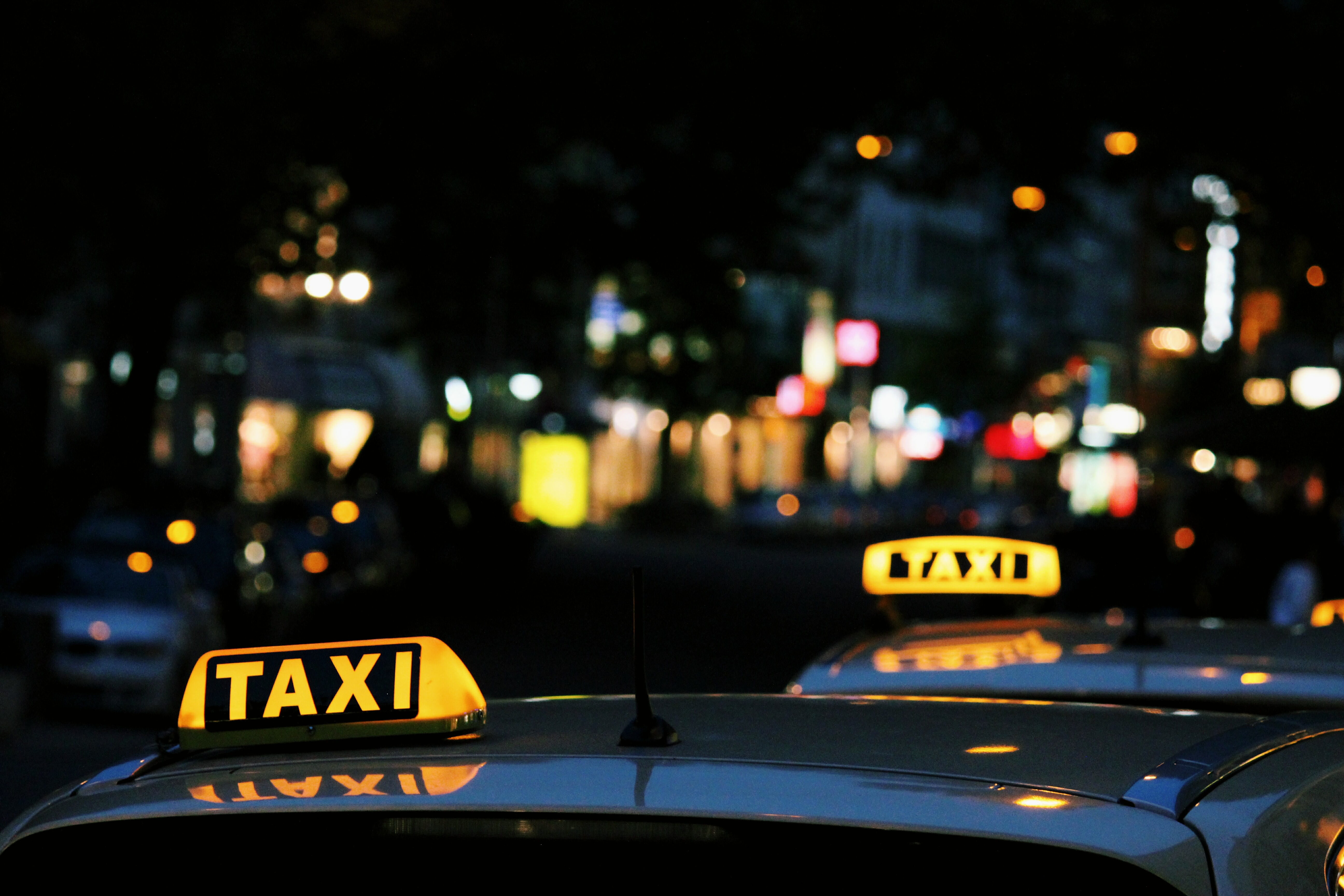2017 was a tumultuous year for Uber. In particular, its Human Resource office needed to manage numerous instances of claimed lewd behavior on its staff, indecent drivers regarding whom the brand did not take any action as individuals expected, a debated billing scale, particularly that saw drivers create an uproar, among different setbacks. In an attempt to tackle a set of awful press cases, Uber propelled a 180 Days of Change Program in June 2017, which canvassed a tipping program in the Uber application, among different services that concentrated on enhancing driver experience.
Harry Campbell has experimented with some e-taxi applications as a driver and as associated with his mainstream famous blog, The Rideshare Guy. He features a few additions to the program, and in addition zones that did not perform extremely well.
With respect to tipping, which was presented when Uber’s previous CEO and Founder Travis Kalanick called it quits, it is accounted for that the alternative has not picked up traction as drivers anticipated. This is on account of the fact that a few riders have an issue in recognizing the precise location of the tipping button inside the application, which, as far as anyone knows, is Uber’s strategy as the apparatus is intentionally concealed under different menus. It is trusted this runs in accordance with organization’s culture that debilitates driver tips. If the button was accessible on the application’s main page, drivers would have gotten more income.
Speaking of the second component of the 180 Days of Change program was a 24-Hour Phone Support. Generally, it is troublesome for any tech organization to have a good and efficient customer care department and related to an enterprise like Uber that has huge assets, it was disappointing for riders and drivers to avail them in instances of questions or objections. Likewise, existing lines were not toll charged, which included another bill for clients. After rolling out the program, things remain generally the same as the nature of support is still less than impressive. In any case, Harry contends that it really is great that the framework is set up, and just needs change to ensure its reality.
Another basic aspect of the scheme was the rollout of the highlight that permitted driver partners to be informed of rider destination all from 2 to 6 day by day filters. It creates the impression that in the circumstances, drivers needed to enquire for ETAs related to pick up requests were diminished altogether, as were grievances in regards to destinations. Be that as it may, in occupied days, Uber confine driver filters to 2. It likewise creates the impression that this component isn’t steady (it has since returned to 2) most likely on the grounds that riders experienced longer hold up times in light of a driver’s broadened consideration process (long excursions have a tendency to be best avoided) before continuing with a trek or something else.
As far as expanded profit related to long pickups and hold up times, Harry noted that these progressions had little effect on drivers other than boosting their appraisals for their service. Beforehand, riders profited from drivers who could make a special effort for long pickups sans pay.
In conclusion, Uber introduced a Live Rider location, which a contender, for example, Little Cabs that has been busy with the situation sometime now. Different incorporate ‘heads-up’ for planned treks on the driver’s application, which centers on boosting appraisals.
In light of these affirmations, Uber still has the opportunity to get better on the off chance that they increment rates for drivers through Uber’s pockets or charging riders in addition (which is improbable on the grounds that followers will move to rivals in a snap). Be that as it may, a center ground can be defined, such as urging travelers to tip more. At last, Uber needs to keep rewarding top drivers, and this has been in implementation regionally camouflaged as UberSELECT.



